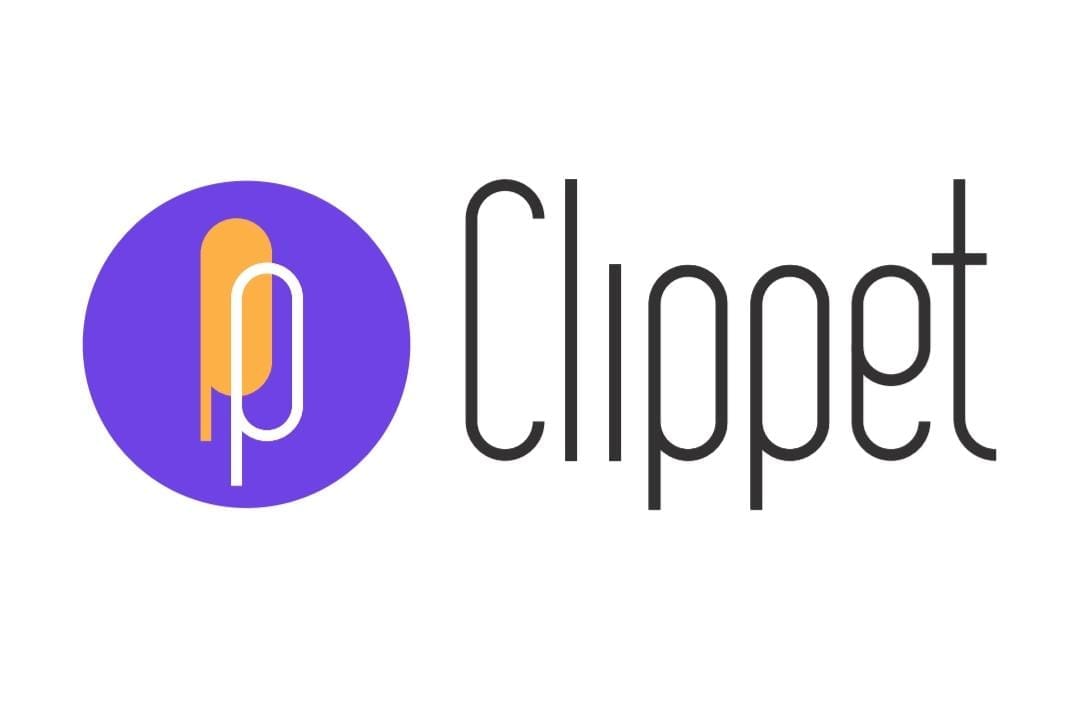Crafting the Perfect Startup Pitch Deck: Design Tips to Impress Investors and Secure Funding

A well-designed pitch deck can make the difference between securing investment and being overlooked. Investors receive countless pitches, so your presentation needs to be visually compelling, concise, and strategically structured to capture attention and communicate your startup’s potential. In this guide, we’ll explore key design principles and content strategies to create an impactful startup pitch deck that leaves a lasting impression.
1. Keep It Concise and Focused
Investors don’t have time for lengthy presentations. Keep your pitch deck between 10-15 slides, covering only the most essential points. Every slide should have a clear purpose and avoid excessive text.
2. Follow a Proven Slide Structure
An effective pitch deck typically includes the following slides:
- Title Slide: Company name, tagline, and logo.
- Problem Statement: Clearly define the pain point your startup is addressing.
- Solution: Explain how your product or service solves the problem.
- Market Opportunity: Showcase the market size and growth potential.
- Business Model: Describe how your company makes money.
- Product/Service Demo: Visually present your product in action.
- Traction and Milestones: Highlight key achievements and metrics.
- Go-to-Market Strategy: Outline your plan to acquire customers.
- Competitive Analysis: Show how your startup differentiates from competitors.
- Financial Projections: Provide revenue forecasts and funding requirements.
- Team Slide: Introduce key team members and their expertise.
- Closing Slide: Summarize the investment ask and next steps.
3. Design for Clarity and Visual Impact
- Use a Clean Layout: Avoid clutter and excessive elements. Stick to one key idea per slide.
- Consistent Branding: Use your startup’s color scheme, fonts, and logo throughout.
- Readable Typography: Use clear, professional fonts (sans-serif like Montserrat, Lato, or Open Sans) and keep font sizes large enough for visibility.
- High-Quality Visuals: Use relevant images, icons, and mockups to illustrate points instead of text-heavy slides.
4. Use Data Visualization for Key Metrics
Investors love numbers, but raw data can be overwhelming. Simplify complex information using:
- Charts and Graphs: Show market trends, revenue projections, and user growth.
- Infographics: Illustrate workflows, processes, or business models.
- Icons and Highlights: Draw attention to key statistics with visuals.
5. Storytelling Over Information Dumping
An effective pitch deck tells a compelling story. Structure your slides to build a narrative that flows smoothly, keeping investors engaged. Make the problem relatable, emphasize your unique solution, and showcase your passion.
6. Demonstrate Your Product’s Value
A powerful way to impress investors is by showing—not just telling—what your product can do. Include:
- Screenshots of Your Product
- Live Demos or GIFs
- Customer Testimonials or Case Studies
7. Highlight Your Traction and Market Validation
Investors want proof that your startup is gaining momentum. If applicable, include:
- Revenue Growth Trends
- Customer Acquisition Numbers
- Partnerships and Collaborations
- Media Mentions and Awards
8. Keep Your Ask Clear and Justified
Your pitch deck should clearly state how much funding you are seeking and how you plan to use it. Be specific about:
- Funding Amount
- Allocation of Funds (e.g., Product Development, Marketing, Team Expansion)
- Projected Milestones Achievable with the Investment
9. Ensure Mobile and Print-Friendly Formats
Investors may review your deck on various devices or print it out. To ensure readability:
- Use a 16:9 slide ratio for modern screens.
- Maintain high-resolution graphics.
- Limit slide transitions and animations for PDF exports.
10. Rehearse and Refine
Your pitch deck is only as good as your presentation. Before pitching:
- Practice your delivery multiple times.
- Get feedback from mentors or industry experts.
- Refine based on responses and investor interactions.
Need help with Pitch Deck design?
A great pitch deck combines strategic storytelling, compelling visuals, and clear financials to persuade investors. By following these design principles and best practices, you can create a professional and engaging presentation that increases your chances of securing funding.
Need a professionally designed pitch deck? Clippet’s expert design team specializes in creating visually stunning and investor-ready presentations. Let us help you make your startup pitch unforgettable!




